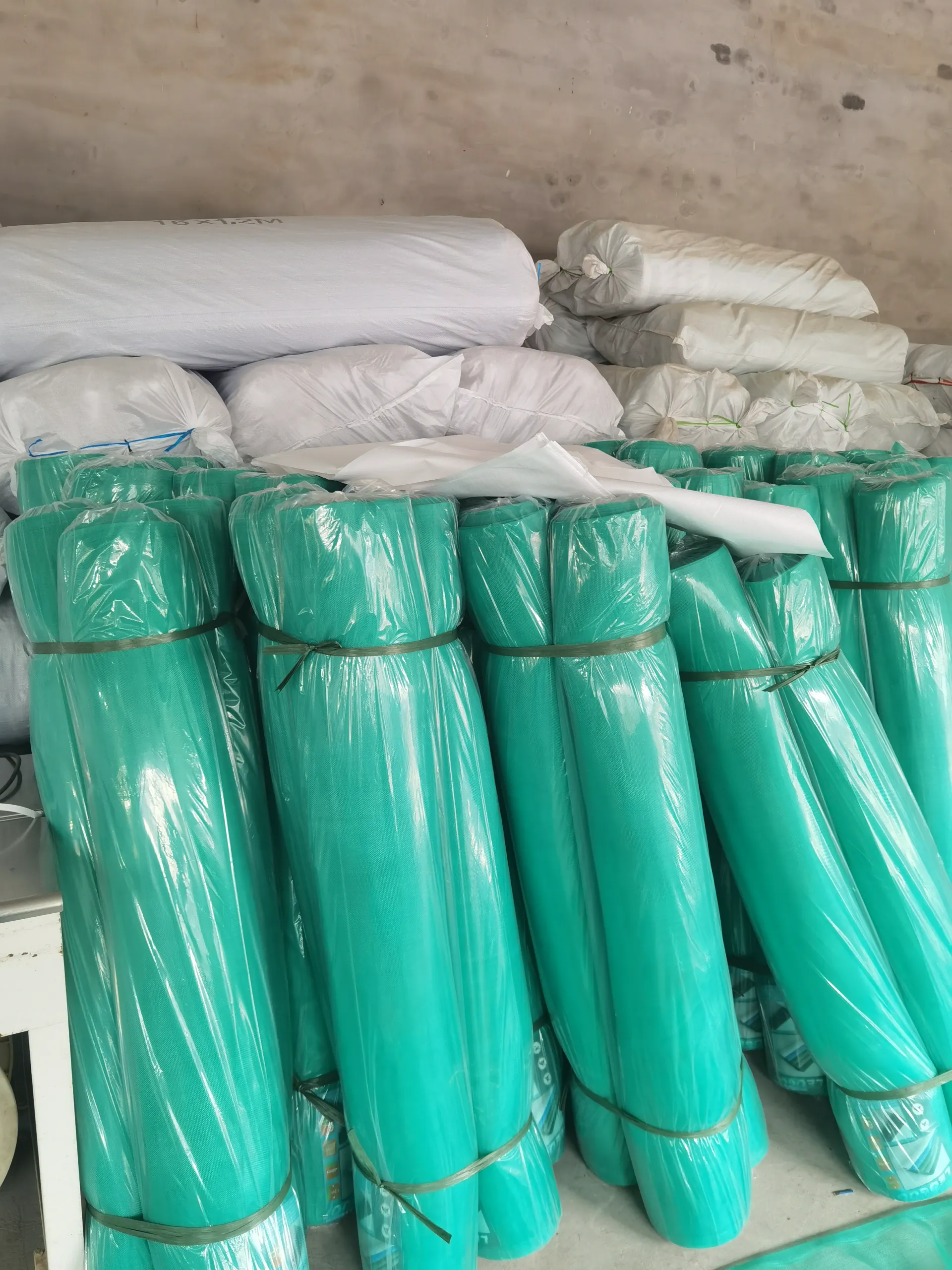-
 Afrikaans
Afrikaans -
 Albanian
Albanian -
 Amharic
Amharic -
 Arabic
Arabic -
 Armenian
Armenian -
 Azerbaijani
Azerbaijani -
 Basque
Basque -
 Belarusian
Belarusian -
 Bengali
Bengali -
 Bosnian
Bosnian -
 Bulgarian
Bulgarian -
 Catalan
Catalan -
 Cebuano
Cebuano -
 China
China -
 Corsican
Corsican -
 Croatian
Croatian -
 Czech
Czech -
 Danish
Danish -
 Dutch
Dutch -
 English
English -
 Esperanto
Esperanto -
 Estonian
Estonian -
 Finnish
Finnish -
 French
French -
 Frisian
Frisian -
 Galician
Galician -
 Georgian
Georgian -
 German
German -
 Greek
Greek -
 Gujarati
Gujarati -
 Haitian Creole
Haitian Creole -
 hausa
hausa -
 hawaiian
hawaiian -
 Hebrew
Hebrew -
 Hindi
Hindi -
 Miao
Miao -
 Hungarian
Hungarian -
 Icelandic
Icelandic -
 igbo
igbo -
 Indonesian
Indonesian -
 irish
irish -
 Italian
Italian -
 Japanese
Japanese -
 Javanese
Javanese -
 Kannada
Kannada -
 kazakh
kazakh -
 Khmer
Khmer -
 Rwandese
Rwandese -
 Korean
Korean -
 Kurdish
Kurdish -
 Kyrgyz
Kyrgyz -
 Lao
Lao -
 Latin
Latin -
 Latvian
Latvian -
 Lithuanian
Lithuanian -
 Luxembourgish
Luxembourgish -
 Macedonian
Macedonian -
 Malgashi
Malgashi -
 Malay
Malay -
 Malayalam
Malayalam -
 Maltese
Maltese -
 Maori
Maori -
 Marathi
Marathi -
 Mongolian
Mongolian -
 Myanmar
Myanmar -
 Nepali
Nepali -
 Norwegian
Norwegian -
 Norwegian
Norwegian -
 Occitan
Occitan -
 Pashto
Pashto -
 Persian
Persian -
 Polish
Polish -
 Portuguese
Portuguese -
 Punjabi
Punjabi -
 Romanian
Romanian -
 Russian
Russian -
 Samoan
Samoan -
 Scottish Gaelic
Scottish Gaelic -
 Serbian
Serbian -
 Sesotho
Sesotho -
 Shona
Shona -
 Sindhi
Sindhi -
 Sinhala
Sinhala -
 Slovak
Slovak -
 Slovenian
Slovenian -
 Somali
Somali -
 Spanish
Spanish -
 Sundanese
Sundanese -
 Swahili
Swahili -
 Swedish
Swedish -
 Tagalog
Tagalog -
 Tajik
Tajik -
 Tamil
Tamil -
 Tatar
Tatar -
 Telugu
Telugu -
 Thai
Thai -
 Turkish
Turkish -
 Turkmen
Turkmen -
 Ukrainian
Ukrainian -
 Urdu
Urdu -
 Uighur
Uighur -
 Uzbek
Uzbek -
 Vietnamese
Vietnamese -
 Welsh
Welsh -
 Bantu
Bantu -
 Yiddish
Yiddish -
 Yoruba
Yoruba -
 Zulu
Zulu
Feb . 14, 2025 09:54
Back to list
insect collecting net use
Insect collecting nets are a vital tool for entomologists and hobbyists alike, offering a direct method for studying and appreciating the intricate world of insects. These nets, while seemingly simple, are designed with precision and purpose to enhance both efficiency and effectiveness in field research.
In addition to physical design, digital integration is becoming an emerging trend. Smart nets equipped with sensors can now record environmental data during collection, such as humidity, temperature, and GPS coordinates. This integration enhances data accuracy and depth, crucial for environmental studies and conservation efforts. Effective insect collection also hinges on understanding the legal and ethical frameworks prevalent in various regions. It's important for collectors to familiarize themselves with local conservation laws and acquire necessary permits. This ensures both the protection of endangered species and the sustainability of local ecosystems, demonstrating a commitment to ethical practices. Developing a comprehensive knowledge of insect life cycles, behaviors, and habitats further augments the collector's expertise. This expertise not only aids in successful collections but also positions the individual as a credible source of information within both scientific and educational communities. Cultivating trust and authority as an insect collector or researcher involves staying informed about current trends in entomology and related environmental issues. Regular contributions to scientific publications, collaboration with conservation agencies, and participation in educational outreach amplify credibility and influence. In summary, the use of insect collecting nets extends beyond simple capture tools; they are instrumental in promoting ecological understanding and appreciation. Whether for scientific or educational purposes, the thoughtful use of these nets, combined with ethical practices and ongoing learning, fosters a deeper connection with the natural world and supports conservation efforts.


In addition to physical design, digital integration is becoming an emerging trend. Smart nets equipped with sensors can now record environmental data during collection, such as humidity, temperature, and GPS coordinates. This integration enhances data accuracy and depth, crucial for environmental studies and conservation efforts. Effective insect collection also hinges on understanding the legal and ethical frameworks prevalent in various regions. It's important for collectors to familiarize themselves with local conservation laws and acquire necessary permits. This ensures both the protection of endangered species and the sustainability of local ecosystems, demonstrating a commitment to ethical practices. Developing a comprehensive knowledge of insect life cycles, behaviors, and habitats further augments the collector's expertise. This expertise not only aids in successful collections but also positions the individual as a credible source of information within both scientific and educational communities. Cultivating trust and authority as an insect collector or researcher involves staying informed about current trends in entomology and related environmental issues. Regular contributions to scientific publications, collaboration with conservation agencies, and participation in educational outreach amplify credibility and influence. In summary, the use of insect collecting nets extends beyond simple capture tools; they are instrumental in promoting ecological understanding and appreciation. Whether for scientific or educational purposes, the thoughtful use of these nets, combined with ethical practices and ongoing learning, fosters a deeper connection with the natural world and supports conservation efforts.
Next:
Latest news
-
Shipping Plastic Bags for Every NeedNewsJul.24,2025
-
Safety Netting: Your Shield in ConstructionNewsJul.24,2025
-
Plastic Mesh Netting for Everyday UseNewsJul.24,2025
-
Nylon Netting for Every UseNewsJul.24,2025
-
Mesh Breeder Box for Fish TanksNewsJul.24,2025
-
Expanded Steel Mesh Offers Durable VersatilityNewsJul.24,2025











